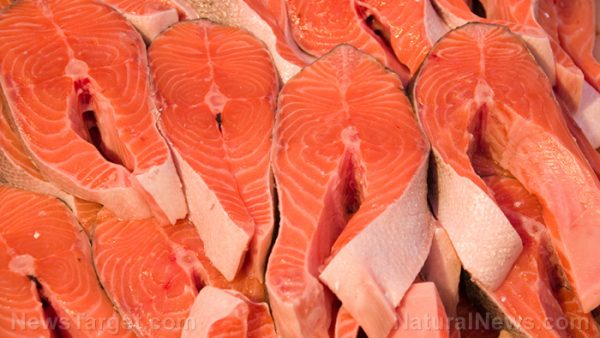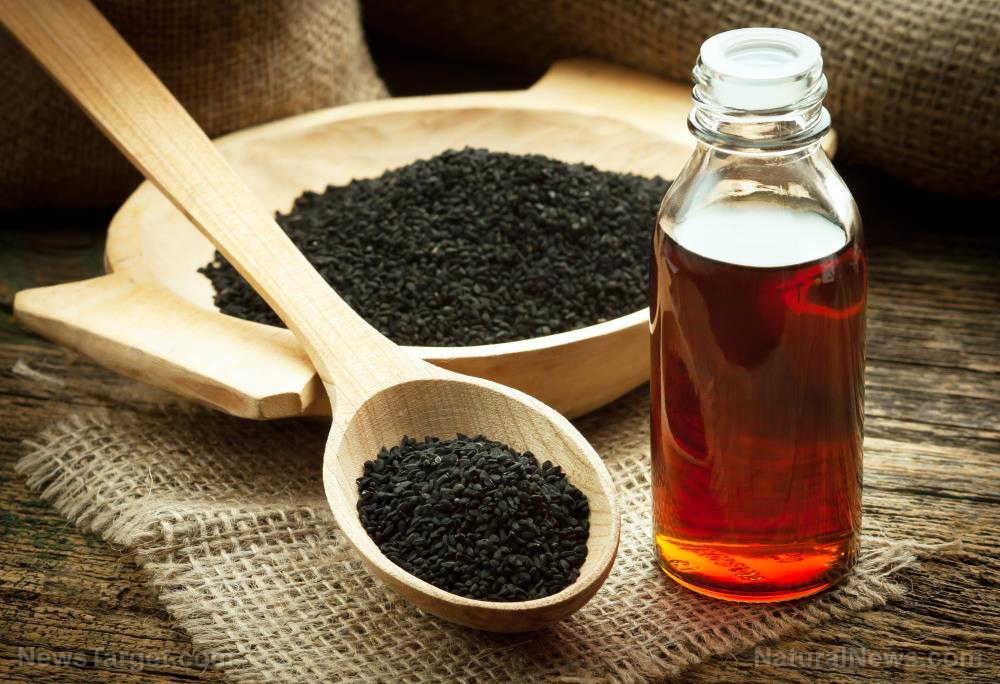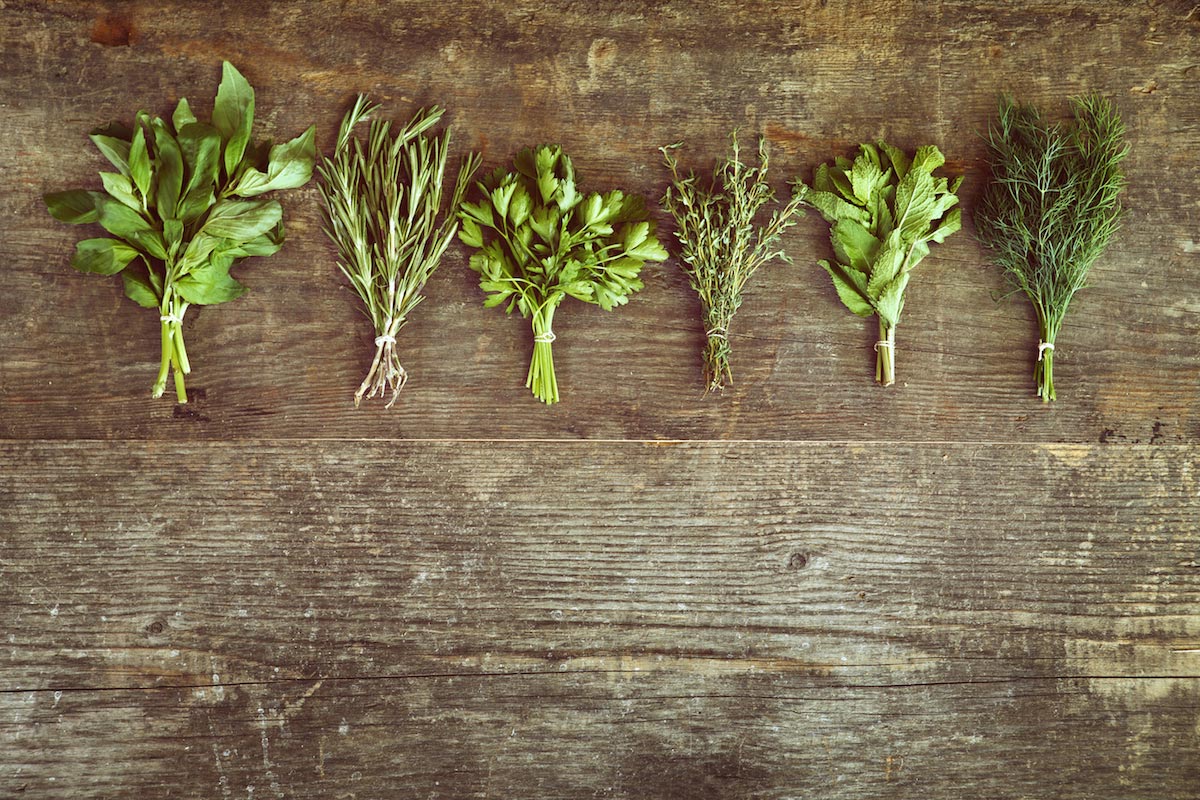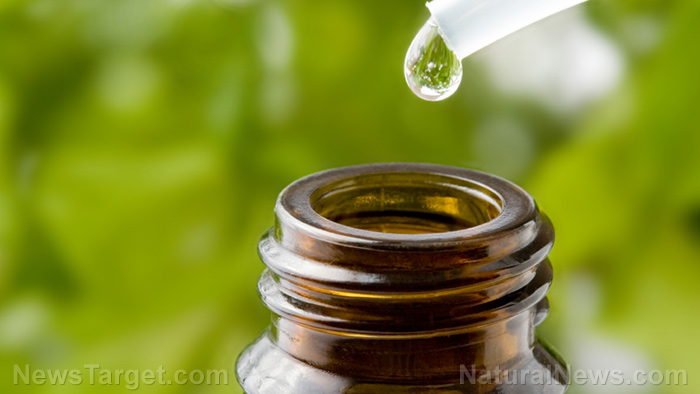 Parler
Parler Gab
Gab
- Salmon is rich in omega-3 fatty acids, high-quality protein and essential vitamins and minerals that support heart, brain and overall health.
- Indigenous cultures (e.g., Native Americans, Inuit) relied on salmon for millennia, while modern aquaculture expanded its global accessibility in the 20th century.
- It has been recognized as a superfood since the 1990s due to its proven benefits, which include reduced inflammation, improved cardiovascular health and cognitive support.
- Regular consumption may lower heart disease risk, combat arthritis, aid weight management and promote eye and brain health through its anti-inflammatory properties.
- Salmon is a versatile culinary ingredient and remains a sustainable, nutrient-dense choice for wellness today.
Brief history of salmon
Salmon has been a vital food source for indigenous peoples for thousands of years, particularly among Native American tribes in the Pacific Northwest and the Inuit in Alaska. Archaeological evidence suggests that salmon fishing dates back at least 5,000 years, with ancient civilizations relying on the fish for sustenance. In Europe, Atlantic salmon was prized by Celtic and Scandinavian cultures, often preserved through smoking or drying. (Related: Eat salmon for a healthy thyroid.) Today, salmon is primarily farmed in Norway, Chile, Scotland and Canada, while wild-caught salmon thrives in the cold waters of Alaska and the Pacific Northwest. The rise of aquaculture in the 20th century made salmon more accessible worldwide, contributing to its reputation as a global superfood. The term "superfood" gained traction in the late 20th and early 21st centuries as nutrition science advanced. Researchers began identifying salmon's exceptional nutrient profile, particularly its high levels of omega-3 fatty acids (EPA and DHA), which are linked to reduced inflammation, improved cardiovascular health and enhanced cognitive function. By the 1990s, health experts and organizations like the American Heart Association were recommending the consumption of fatty fish like salmon at least twice a week for optimal health.Nutrient profile and health benefits
Salmon is an excellent source of:- Niacin (B3): Supports energy metabolism, skin health and nerve function.
- Vitamin B12: Essential for red blood cell formation and neurological health.
- Phosphorus: Strengthens bones and teeth.
- Selenium: A powerful antioxidant that protects cells from damage.
- Omega-3 fatty acids: Crucial for heart and brain health.
- Reduce heart disease risk by lowering triglycerides and improving cholesterol levels.
- Support brain health and potentially reduce the risk of Alzheimer's and depression.
- Combat inflammation, benefiting those with arthritis and autoimmune conditions.
- Promote eye health due to omega-3s and astaxanthin.
- Aid in weight management by providing satiating protein and healthy fats.
Culinary uses and recipes
Salmon's flesh ranges from deep red to pink, depending on its diet. Wild salmon's color comes from astaxanthin-rich krill and shrimp. Its texture is firm yet tender, with a rich, buttery flavor that varies slightly between wild and farmed varieties. Wild salmon tends to have a more robust taste. In contrast, farmed salmon is often milder and fattier. In Native American legend, the salmon is a sacred creature, symbolizing perseverance and abundance. Tribes celebrated the annual salmon runs with ceremonies, recognizing the fish's role in their survival. Today, sustainable fishing practices honor this tradition, ensuring salmon remains available for future generations. Here are some salmon recipes you can try in your kitchen:- Grilled lemon-herb salmon: Marinated in olive oil, garlic and fresh herbs, then grilled to perfection.
- Smoked salmon avocado toast: A protein-rich breakfast featuring smoked salmon on whole-grain bread.
- Honey-glazed salmon with roasted vegetables: A sweet-savory dish rich in antioxidants.
- Salmon poke bowl: A Hawaiian-inspired bowl with raw salmon, rice and fresh veggies.
- Cedar-plank salmon: A traditional indigenous method that infuses smoky flavor.
More related stories:
Astaxanthin: The most powerful antioxidant from Mother Nature. The superfood power of wild caught salmon. Salmon - A superfood that fills in the gaps. Sources include: Brighteon.ai NaturalNews.com Brighteon.comBlack cumin seed oil in cultural traditions: Stories from around the world
By HRS Editors // Share
Robert O. Young reveals the power of alkaline herbs in preventing and treating cancer
By Ramon Tomey // Share
Cheap, generic and unpatentable DMSO: A THREAT to Big Pharma profits
By Olivia Cook // Share
“The Alzheimer’s Prevention Plan” offers science-backed strategies to combat memory decline
By Belle Carter // Share
How DMSO could transform medicine, science and more
By Olivia Cook // Share
Governments continue to obscure COVID-19 vaccine data amid rising concerns over excess deaths
By patricklewis // Share
Tech giant Microsoft backs EXTINCTION with its support of carbon capture programs
By ramontomeydw // Share
Germany to resume arms exports to Israel despite repeated ceasefire violations
By isabelle // Share










